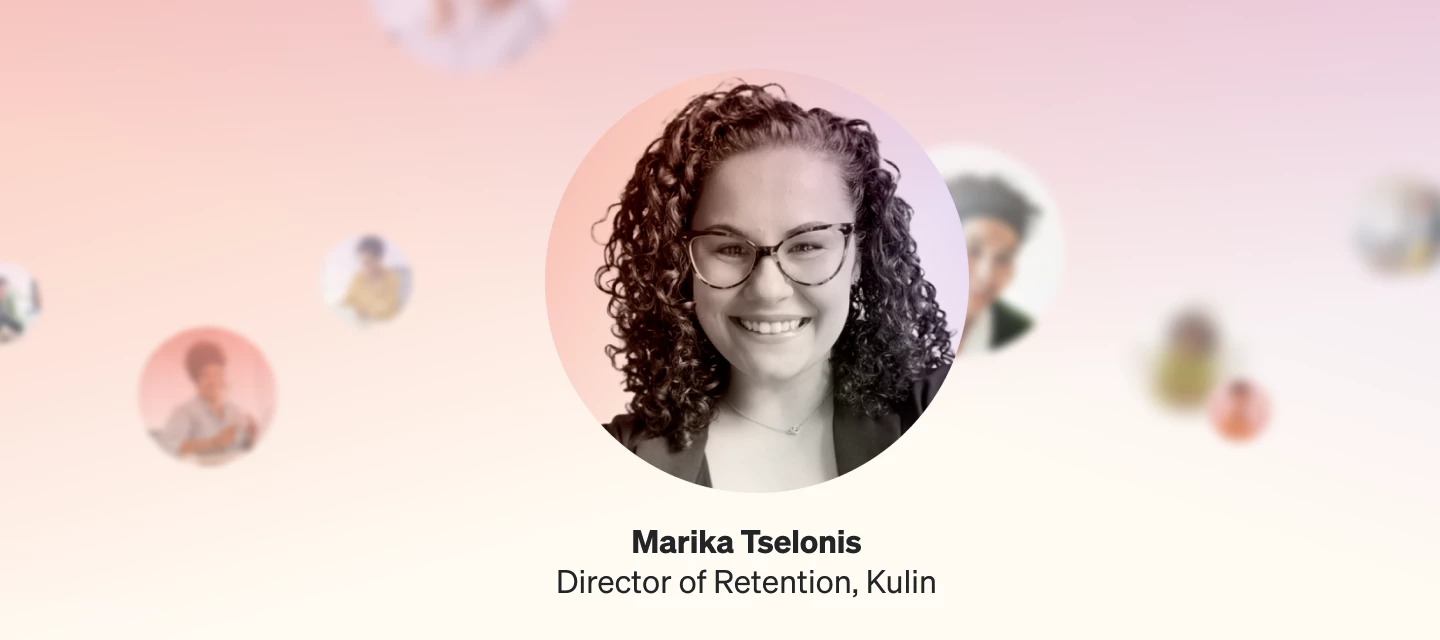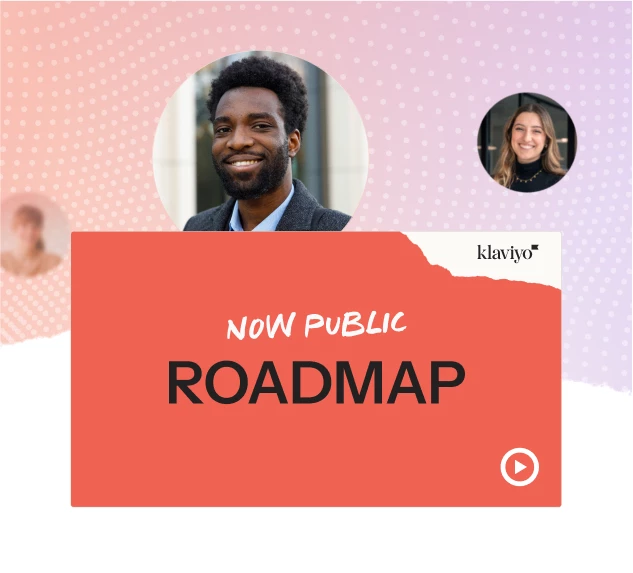I’ve helped a few brands get started with WhatsApp in Klaviyo, and the same questions come up every time. Most people expect it to be complicated, especially the Meta Business part, but the actual setup is pretty quick once you understand what matters.
If you are just getting started with WhatsApp or deciding whether it makes sense for your brand, here are the key areas I would focus on.
Start with the Meta setup (it is simpler than it looks)
To connect WhatsApp, you need admin access to your Meta Business account. This is non-negotiable. Without it, the integration cannot complete, even if everything else is ready.
The first time I connected WhatsApp, I spent more time figuring out who had Meta admin access than anything inside Klaviyo itself.
A few things to keep in mind:
- You can connect an existing WhatsApp Business number or create a new one.
- If you do not have a number, Meta can assign one on the spot.
- The verification and API activation step is usually completed within minutes.
It looks technical on paper, but Klaviyo guides you through each step. Once the number is connected, the rest of the workflow is straightforward.
Choose the right channel for the right region
One thing I see brands get wrong is sending both SMS and WhatsApp to the same person. In reality, customers typically prefer one mobile channel, and that preference is mostly regional.
Here is the simple rule:
- In North America, SMS is the standard.
- In Europe, LATAM, APAC, the Middle East, and Africa, WhatsApp is the standard.
Starting with the channel your customers already use usually clears things up.
Using both often feels repetitive. A better approach is to ask for a preferred channel during signup or checkout, then use that in your flows. Klaviyo makes it easy to branch based on consent, so you can keep the experience clean.
Adding WhatsApp to flows
Adding a WhatsApp message works the same way as adding an email or SMS. The only difference is that WhatsApp messages must use approved templates.
A few quick notes:
- Approval usually takes only a couple of minutes.
- Meta prefers simple and clear language in the first message.
- Klaviyo provides helpful guidelines for writing templates that get approved.
Once a template is approved, you can reuse it anywhere in your flows.
Set up consent early
WhatsApp requires explicit opt-in. If you skip this step, you will run into issues later when you try to automate messages. Ways to collect consent include:
- onsite forms
- Checkout
- embedded forms
- keywords
I recommend setting this up before you start building flows so your audience is tagged correctly from the start.
Where to use WhatsApp first
If you want to test the channel quickly, these flows are good starting points and usually show clear engagement:
- Welcome flow
- Abandoned cart/checkout
- Browse abandonment
- Post-purchase updates (shipping updates work especially well)
- Back-in-stock alerts
WhatsApp feels natural for short, timely messages, so these flows tend to perform well even with a small audience.
Final thoughts
Once you get past the Meta setup, WhatsApp in Klaviyo is simple to manage. Focus on collecting the right type of consent, choosing the correct mobile channel for your audience, and testing WhatsApp in a few key flows before expanding.
If you have questions about your setup or want to share what has worked for you so far, feel free to jump in. I am always curious to hear how others are approaching WhatsApp.
So let me know: What’s worked (or not) for your brand? What do you wish you knew when you started with WhatsApp in Klaviyo?



![[Academy] Deliverability Certificate Forum|alt.badge.img](https://uploads-us-west-2.insided.com/klaviyo-en/attachment/505f2253-cde5-4365-98fd-9d894328b3e0_thumb.png)




